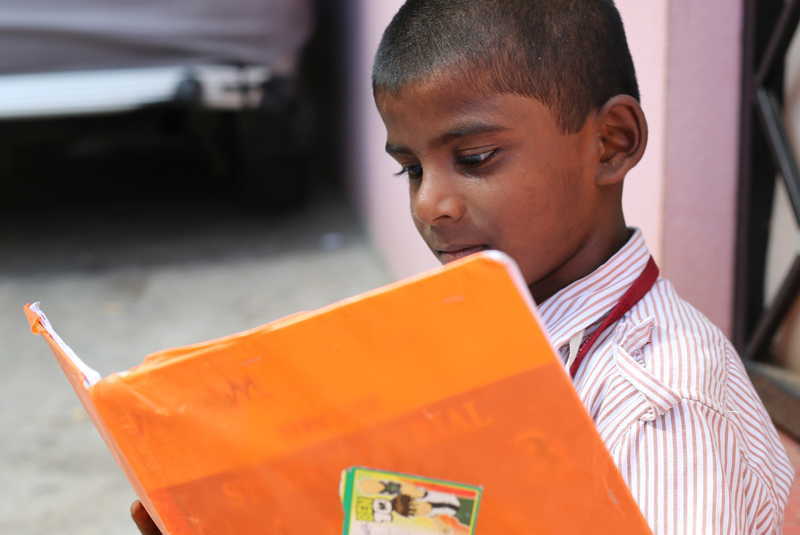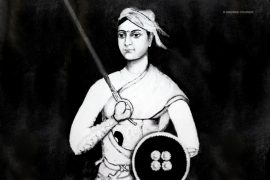In the Bible there is a parable of the Good Samaritan. The parable is a response to a question posed by a Jewish scholar. The question was this: who is a good neighbour? The parable answers the question by speaking of a Samaritan who helped a Jew.
This story is usually seen as an example of showing kindness to neighbours. Except, it’s not that. There is a larger context to the story, which got a lot to do with the way the Jews viewed the Samaritans. Jesus was answering a question heavily debated by Jewish religious scholars. It is in this context that the story should ideally be viewed.
This is how most religious texts are treated – divorced from the larger context that the text presents. Adding isolated stories for simply their morals does not do justice to the thought it presents in its entirety. But that is exactly what the Gujarat government plans to do with the Bhagavad Gita.
The Gujarat government wants to introduce the Bhagavad Gita from class 6 to class 12. They plan to do this in the form of storytelling. The Gujarat Education Minister Jitu Varghani told PTI that the Gujarat Government has “decided to introduce the Bhagavad Gita in the school curriculum for Classes 6 to 12. For students of Classes 6 to 8, the scripture will be introduced in the textbook of ‘Sarvangi Shikshan’ (holistic education). From Classes 9 to 12, it will be introduced in the form of storytelling in the textbook of the first language.”
-30-
Copyright©Madras Courier, All Rights Reserved. You may share using our article tools. Please don't cut articles from madrascourier.com and redistribute by email, post to the web, mobile phone or social media.Please send in your feed back and comments to [email protected]











